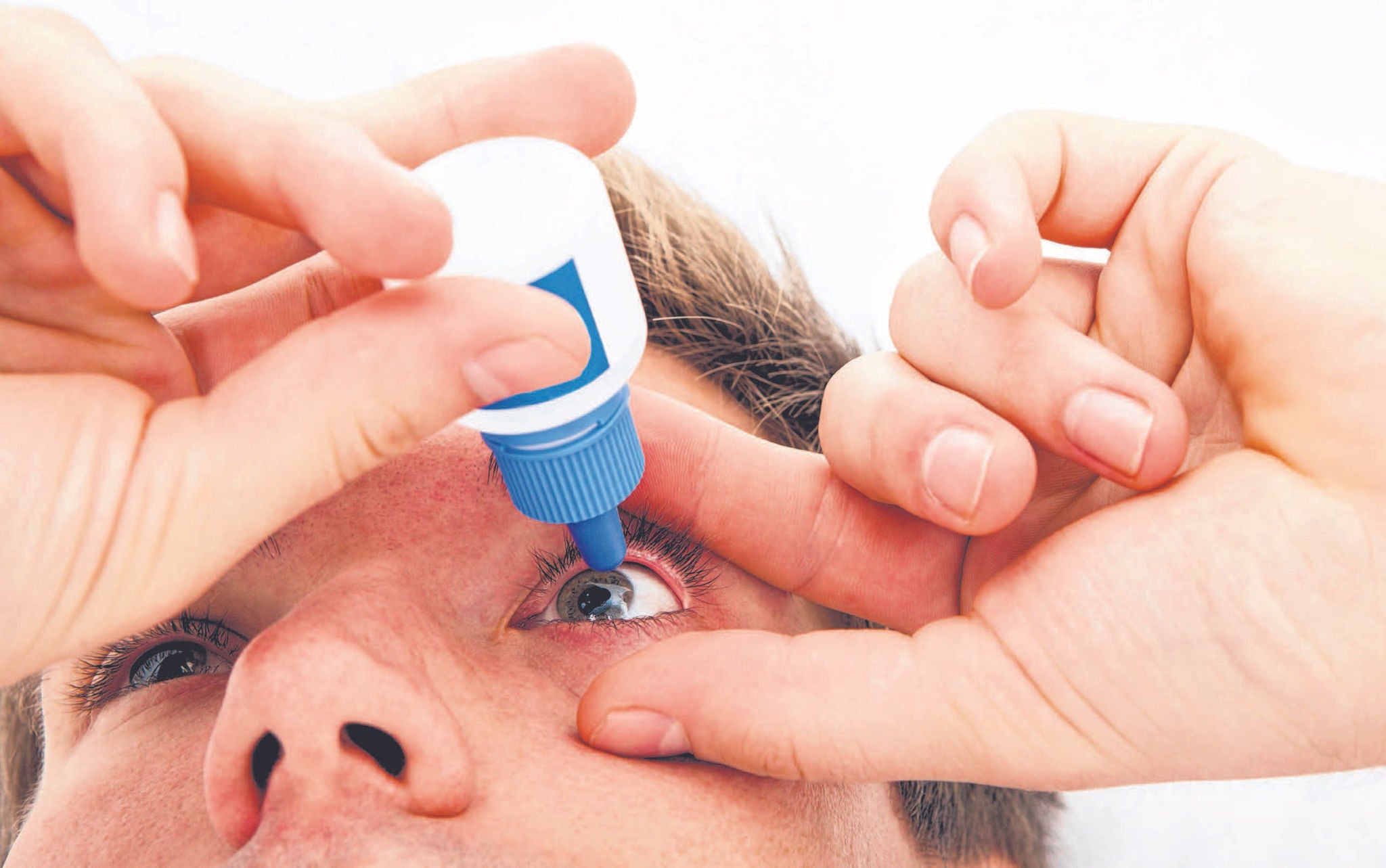
Can sleep apnea and myopia increase the risk of getting glaucoma?
A recent local study revealed that obstructive sleep apnea syndrome (Obstructive Sleep Apnea, abbreviated OSA) patients who have myopia, have a higher risk of getting glaucoma.
The findings, which integrated multiple meta-analyses noted that there is a correlation between OSA and glaucoma in other parts of the world, especially in severe cases of obstructive sleep apnea syndrome, with Asians or caucasians both face the same risks.
The meta-analysis found that patients with obstructive sleep apnea syndrome are more likely to suffer from high intraocular pressure (IOP), resulting in primary open-angle glaucoma.
The local research conducted in 2012-2014 / 15 revealed that 8% of patients with moderate to severe OSA, suffer from the normal tension glaucoma. The IOP is normal, but those with longer eye shape tend to suffer from myopia.
Glaucoma is the second largest factor causing blindness
According to local findings, the Singapore National Eye Centre Consultant Dr Guo Dong Liang (Desmond Quek) shared that 8% is a very high percentage, and advised patients with moderate to severe OSA, even those with normal IOP glaucoma to do regular examinations.
Glaucoma is a disease of the optic nerve. It occurs when the fluid in the eye accumulates, causing optic nerve damage, eventually leading to a loss of vision and even blindness.
Worldwide, glaucoma is the second largest cause of blindness, with more than 70 million glaucoma patients, of half being Asians, More than 6 million people have become blind due to this condition.
Singapore's situation can not be neglected as well. The prevalence rate is 3.2% for those above the age of 40 Those aboe 65 are at the highest risk, with 20% of thoes becoming blind because of glaucoma. However, early diagnosis and treatment can prevent blindness. The annual World Glaucoma Week seeks to raise awareness about glaucoma. This year, it falls on this week, from 6 to 12 March.
Yet to identify risk factors
The relationship between glaucoma and OSA in the medical profession is still unclear in the medical field. OSA occurs when the nasal pathway is blocked during sleep.
Director of the Singapore General Hospital Sleep Disorders group and ENT consultant surgeon Cho Chung-tat said, patients will therefore be disturbed in their sleep, because the patient's brain will continue to advise their body to maintain airway patency. The upper airway obstruction can cause breathing difficulties, causing insufficient oxygen in the blood.
Dr. Guo Dongliang said that when there is insufficient oxygen in the blood, the eyes and nerves may also be damaged. However, the genuine correlation between glaucoma and obstructive sleep apnea syndrome is still not conclusive.
Reducing intraocular pressure can delay condition
It is noteworthy that over the past five years, Singapore General Hospital has seen an increase in OSA patients.
Dr Zhuo Song pointed out that according to research done previously, it is estimated that at least 10-15% of middle aged Singaporeans have OSA.
Snoring is one of the syndromes, a common symptom of obstructive sleep apnea. Dr Zhuo Song noted that snoring is a sign of airway obstruction. Breathing difficults can cause repeated trauma on the tissue, and eventually develops into OSA.
He said that fatigue or alcohol can cause snoring, but snoring every night accompanied by choking or asthma, sleeping difficulties, and fatigue during the daytime, should not be taken lightly, and should be treated early.
The medical field is unconclusive that early treatment of OSA patients can slow the progression of glaucoma, but Dr. Guo Dongliang shared that lowering intraocular pressure is the only way to slow the progression of glaucoma. Normal intraocular pressure in glaucoma patients even in the absence of high-tension problem to glaucoma eye drops to lower intraocular pressure, glaucoma can be prevented or delayed deterioration.
Dr. Guo Dongliang called on moderate to severe myopia obstructive sleep apnea syndrome, even if it should accept the normal IOP glaucoma screening.
Contributed by

Chinese
Lianhe Zaobao - Can sleep apnea and myopia increase the risk of getting glaucoma (1).pdf














 Get it on Google Play
Get it on Google Play